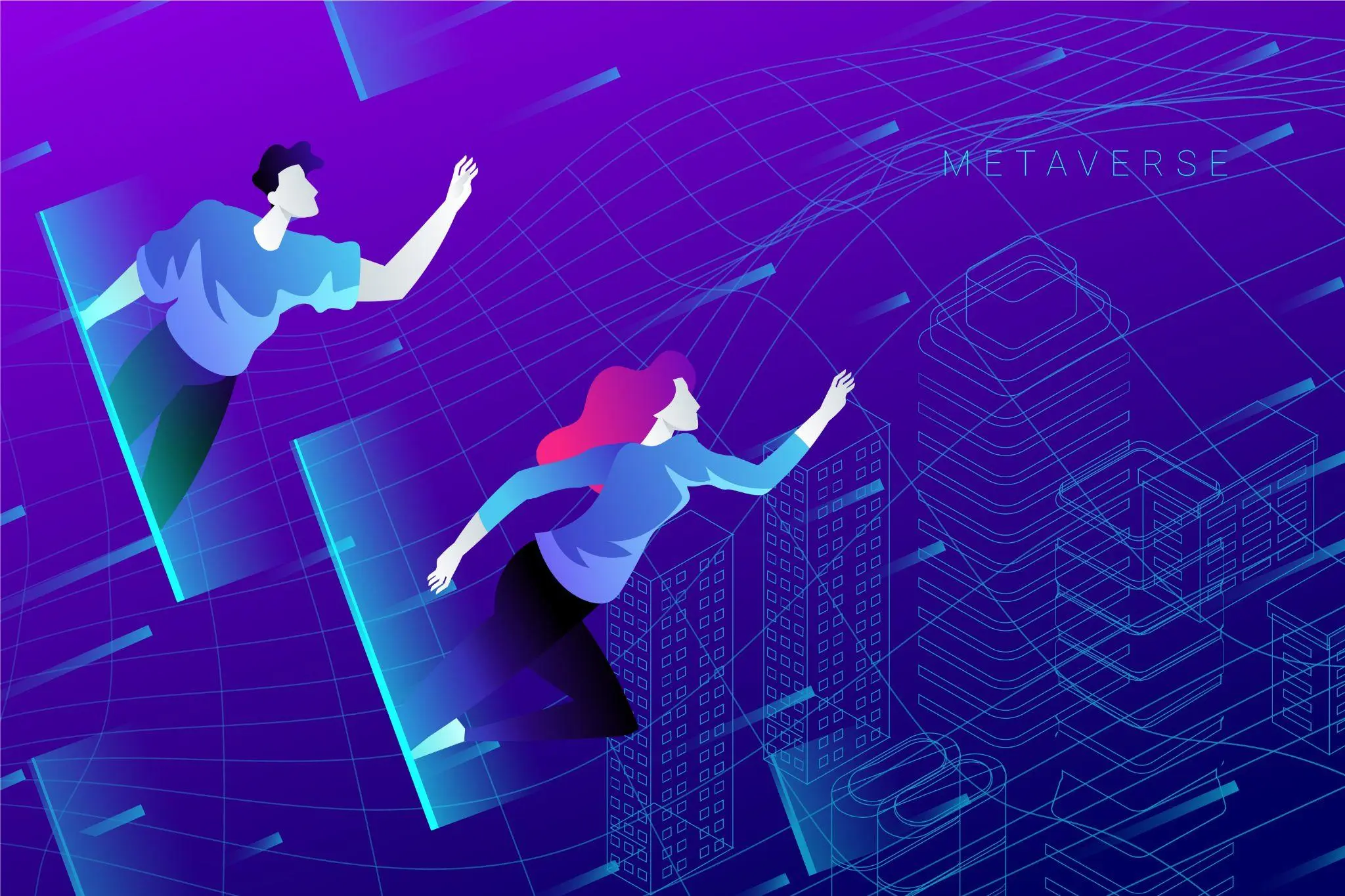We’ve tackled the role of CHROs, talent hiring, digital onboarding, and compliance in the first pieces of Multiplier’s 5-part Metaverse series. In the previous article, we discussed the importance of compliance in the Metaverse and how organizations can take a proactive approach to create a comprehensive code of conduct.
Now let’s take a look at the work culture in the Metaverse.
If we take a step back and reminisce about what transpired during the unprecedented pandemic events, two powerful shift drivers were clear.
The first is creating a resilient work culture that has become an urgent priority for most organizations.
Remember the lockdowns? Yes, they weren’t a new phenomenon for businesses. However, the novel events highlighted why having a solid work culture can help strengthen an organization’s resiliency.
The second is that advanced technologies such as AI and Metaverse have redesigned workplaces.
According to Bill Gates, merging the physical and digital worlds is “a big future opportunity,”. Since we’re already in the new era of work, more people are entering the Metaverse, and “those shifts will only intensify in the years to come.” He also predicted that over the next two to three years, most virtual meetings would switch from 2D camera image grids to the Metaverse, a 3D realm with virtual avatars.
Although the 3D virtual avatars sound like an interesting concept, will companies be able to grasp this evolutionary change? Will it replicate far more real-world connections than our digital workspace?
What is Work Culture, Really?
For most of us, hearing the term ‘work culture’ is like hearing an unfamiliar language. The definition of the term is vague, and only 12% of companies believe that they have a firm grasp on what it means.
| What Work Culture Is Not | What Work Culture Is |
|
|
There is no one definition of work culture. It’s a living, breathing system with various moving parts that can be intentionally designed and built by everyone in the organization. And like any other system, it is something an organization must perform and apply everyday.
Metaverse: A Revolution for Work Culture
Now that we know that work culture is a living system that can be intentionally designed and built by everyone in the organization, can we say work culture may exist in the Metaverse?
According to Metaverse Catalyst, “Technology will empower, culture will build the Metaverse,” meaning, Metaverse is a cultural evolution that will empower work, play, relationships and experiences. It’s a change that will allow humans to function at a much higher level of collaboration than ever before. This cultural shift will redefine community, self-expression, and adaptability by merging the physical and virtual worlds.
The Metaverse will aid in embracing inclusivity
Just like how we embraced digital workspace, in the Metaverse, you can be apart but still together. People from around the world can come together to get work done. Everyone knows that the design of a room directly affects the people who use it.
Microsoft CEO Satya Nadella describes Accenture’s long-time Metaverse, Altspace, as a great example of the concept. “Accenture is basically a building on what they describe as the Nth floor in Altspace where anybody across Accenture globally can any time drop in on the Nth floor and meet other Accenture employees,” he says.
We believe the Metaverse inclusivity will provide a level playing field, where everyone has the same avatar, and no one has an advantage based on their physical appearance. And this will lead to a merit-based culture based on skills and abilities rather than looks or social status.
The Metaverse will make communication and collaboration more flexible
Imagine a world where you can use virtual reality to work on projects with your coworkers, instead of just emailing them. This can be a massive improvement over current office dynamics, as it would allow for greater flexibility and creativity in the workplace, and more opportunities for employees to bond with one another.
Microsoft CEO Satya Nadella described how he perceives meetings in the Metaverse as far richer “When you go to a Team’s room, it will even segment everybody in a conference room into their own square and put them back in a meeting as if they were joining remotely.” Nadella claims that this innovation bridges the gap between physical and remote participants.
If that’s the case, we can safely say that the Metaverse makes it possible to reimagine a creative, collaborative, and productive work environment free from restrictions imposed by the physical world. This can lead to more cooperation and collaboration since people are not limited by geography.
Is Now the Time to Log On to the Metaverse?
An inclusive Metaverse will undoubtedly create exciting opportunities for breaking down the walls of time zones and geographic locations. Immersive workspaces will make it possible to create mutual spaces where we can gather from wherever we happen to be.
The emergence of the Metaverse culture means there’s an opportunity to do things differently. But the Metaverse is not without difficulties; we all have a role to play.
Similar to what we said in the first part of the series, “we must not try to become specialists overnight”—the introduction of the Metaverse is a call for organizations to step up cautiously. It will mean figuring out new workplace habits and practices. Organizations have to design their alternate universe so that it doesn’t import legacy prejudices or serve only a few at the expense of the rest.
Moreover, companies must figure out new organizational structures that are suited to – and make the most of – work in virtual environments. Companies will need to direct this to make sure that even more people can engage remotely in this new future of work and do so in a more genuine way.







